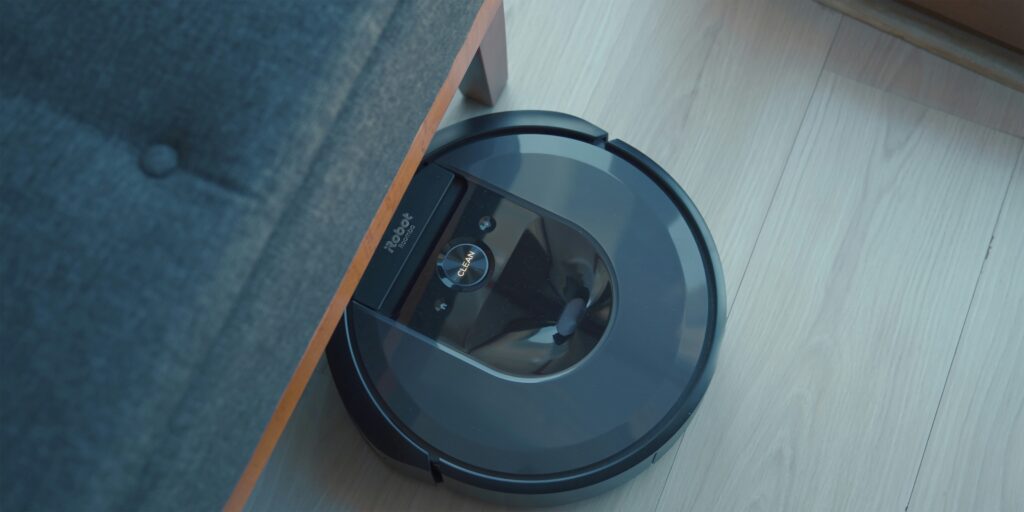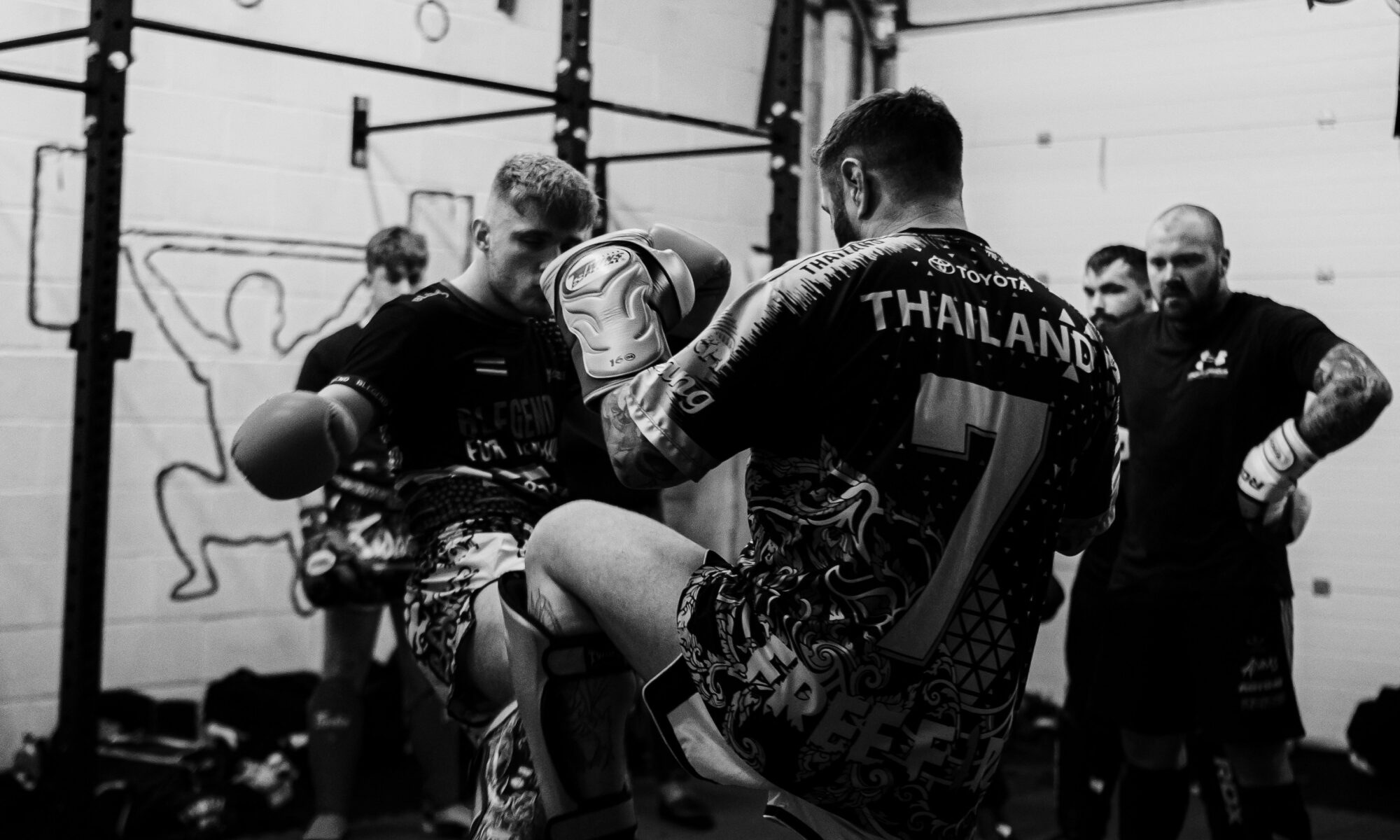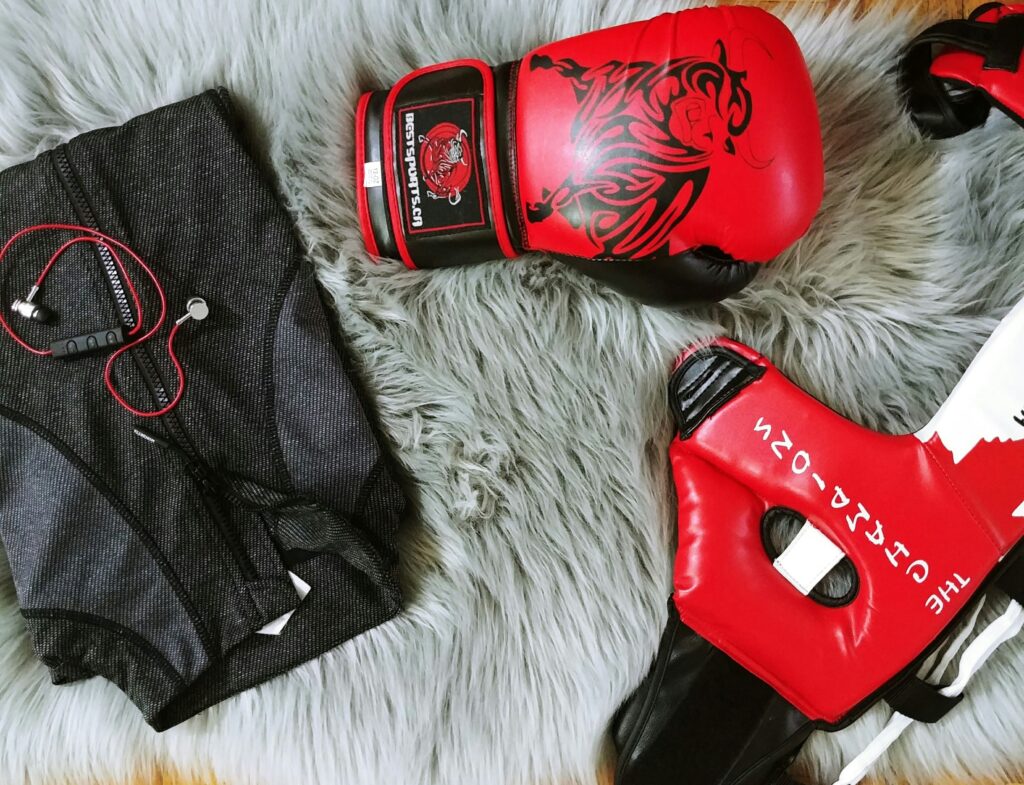If you’ve ever encountered dust mites, then you know that these microscopic creatures thrive in our homes – especially in warm and humid environments like Singapore. These tiny pests can trigger allergies and asthma, making it important to keep them under control. Read further to learn how to get rid of dust mites and maintain a cleaner, healthier home.
- 1. Regular Cleaning and Vacuuming
- 2. Wash Bedding Regularly
- 3. Control Humidity Levels
- 4. Minimize Clutter
- 5. Use Dust Mite Sprays and Treatments

1. Regular Cleaning and Vacuuming
Regular cleaning is your first line of defense against dust mites. Since these tiny pests feed on skin flakes that collect in carpets, upholstery, and bedding, it’s important to:
- Vacuum Frequently: Use a vacuum cleaner equipped with a HEPA (High-Efficiency Particulate Air) filter. HEPA filters trap allergens and dust mites effectively, preventing them from becoming airborne during cleaning. Focus on carpets, rugs, and upholstered furniture, as these areas are hotspots for mites.
- Mop Floors: Hard floors should be mopped regularly with a damp mop to capture fine particles of dust that vacuuming might miss.
- Dust Surfaces: Use a damp microfiber cloth to clean shelves, windowsills, and other surfaces. Dry cloths can spread dust rather than remove it.
Tip: Dust your home from top to bottom so that any particles knocked off higher surfaces can be cleaned up later.
2. Wash Bedding Regularly
Bedding is a favorite hangout for dust mites due to its warmth, moisture, and access to dead skin cells. To keep your sleeping area fresh and allergen-free:
- Weekly Wash: Wash sheets, pillowcases, and blankets in hot water (at least 60°C) to kill dust mites.
- Use Allergen-Proof Covers: Encasing mattresses, pillows, and duvets in allergen-proof covers creates a barrier between you and the mites.
- Replace Bedding Regularly: Replace pillows every 1-2 years and mattresses every 8-10 years to minimize dust mite buildup.
- Sun Your Bedding: Exposing your bedding to sunlight can help reduce moisture and kill dust mites naturally.
Tip: Avoid using heavy, non-washable bedding, as they can harbor mites over time. Opt for lightweight, washable materials.
3. Control Humidity Levels
Dust mites thrive in environments with humidity levels above 50%. By controlling indoor humidity, you can create an environment that’s inhospitable to these pests:
- Use a Dehumidifier: Invest in a dehumidifier to maintain indoor humidity below 50%. This device is especially helpful in tropical climates where humidity tends to be high year-round.
- Run Your Aircon: Air conditioning not only cools the air but also reduces humidity levels, helping to keep your home dry and less inviting to dust mites.
- Ventilate Properly: Open windows and doors periodically to promote fresh air circulation. Exhaust fans in kitchens and bathrooms can also help to expel moist air.
Tip: Avoid overwatering indoor plants, as they can add to the humidity levels in your home.
4. Minimize Clutter
Clutter acts as a magnet for dust and provides countless hiding spots for dust mites. Keep your home organized and free of unnecessary items to minimize their breeding grounds:
- Declutter Regularly: Sort through items in bedrooms, living rooms, and other spaces to remove items you no longer need.
- Opt for Closed Storage: Store items in plastic bins with tight-fitting lids to keep them dust-free.
- Limit Soft Furnishings: Items like throw pillows, stuffed toys, and fabric-covered furniture can harbor dust mites. If you can’t part with them, wash them frequently or keep them in sealed containers when not in use.
Tip: Keep shelves clear of unnecessary knick-knacks to reduce dust accumulation and make cleaning easier.
5. Use Dust Mite Sprays and Treatments
Sometimes, regular cleaning might not be enough. Specialized products can help target dust mites directly:
- Dust Mite Sprays: These sprays are formulated to kill dust mites on contact. Apply them to mattresses, furniture, and carpets, following the manufacturer’s instructions.
- Essential Oils: Natural remedies like eucalyptus, tea tree, and lavender essential oils are known for their dust mite-repelling properties. Add a few drops to your cleaning solutions or use them in a diffuser to deter mites while keeping your home smelling fresh.
- Baking Soda Treatment: Sprinkle baking soda mixed with a few drops of essential oil over your mattress and carpets. Let it sit for a few hours before vacuuming to refresh these surfaces and reduce allergens.
Tip: Choose products that are safe for pets and children, especially if you’re treating areas where they frequently play or rest.
Final Thoughts
Getting rid of pesky dust mites may seem like a daunting task, but consistent cleaning, humidity control, and proper preventive measures can significantly reduce their presence. Incorporate these tips into your routine to create a healthier and more comfortable living environment.
Remember, a clean home is not just about appearances — it’s about creating a safe, allergen-free space for you and your family. With these steps, you can keep dust mites at bay and breathe easier every day.
However, if all that’s proven to be difficult for you, you can always opt for extra help by hiring a part-time cleaner to help maintain a healthy and clean home.















You must be logged in to post a comment.